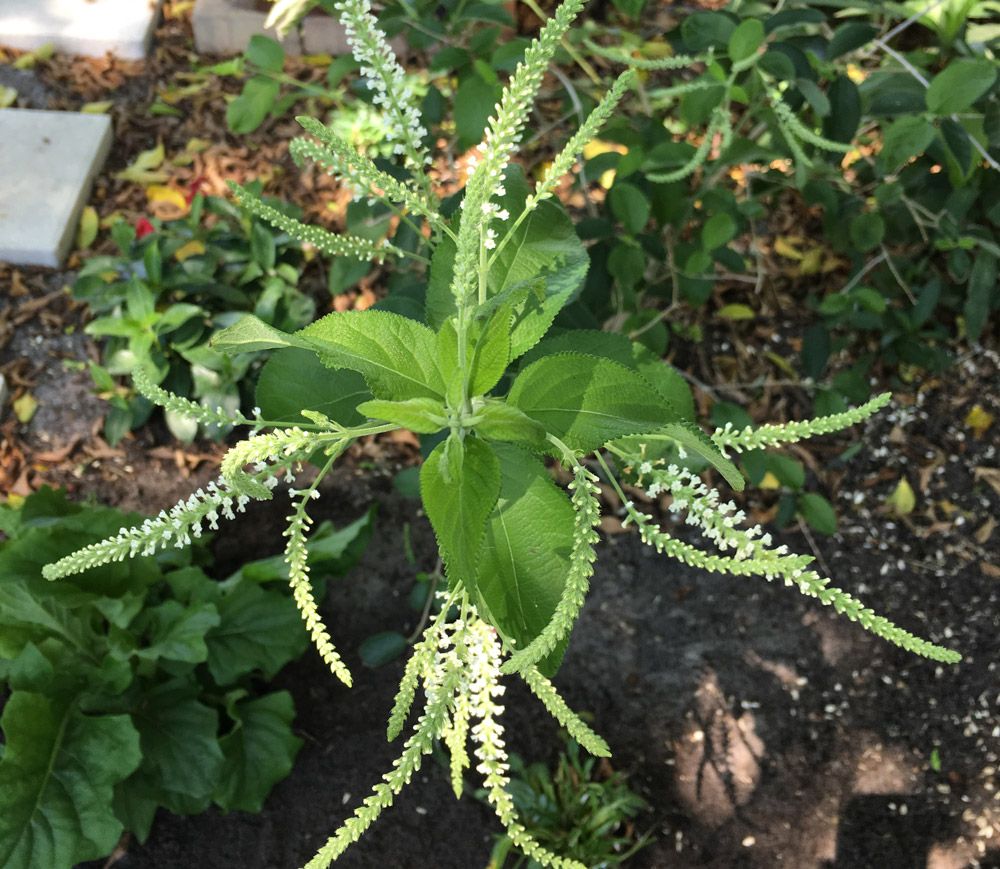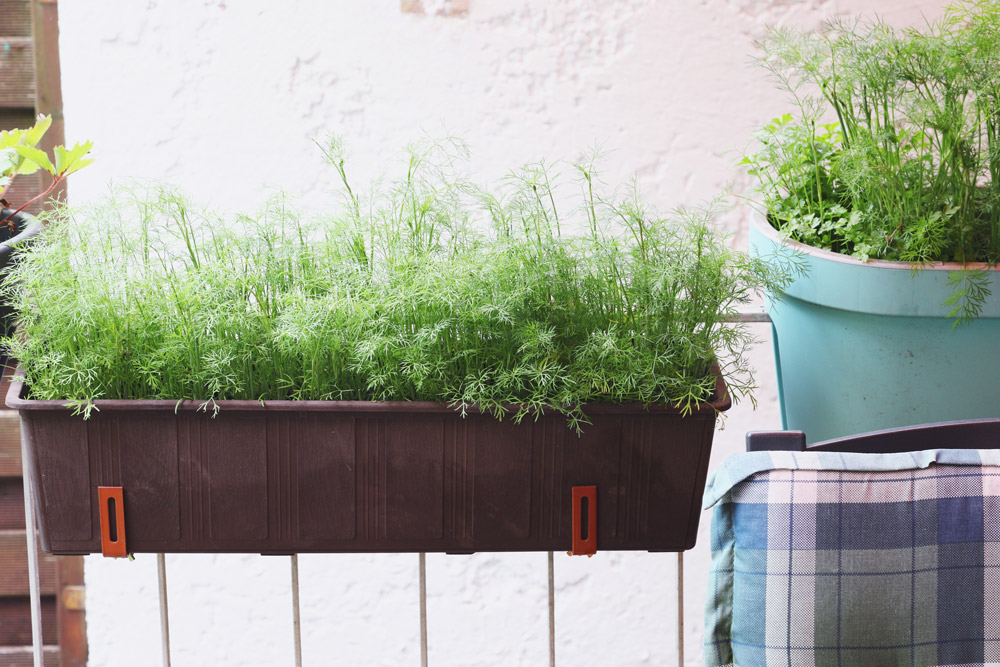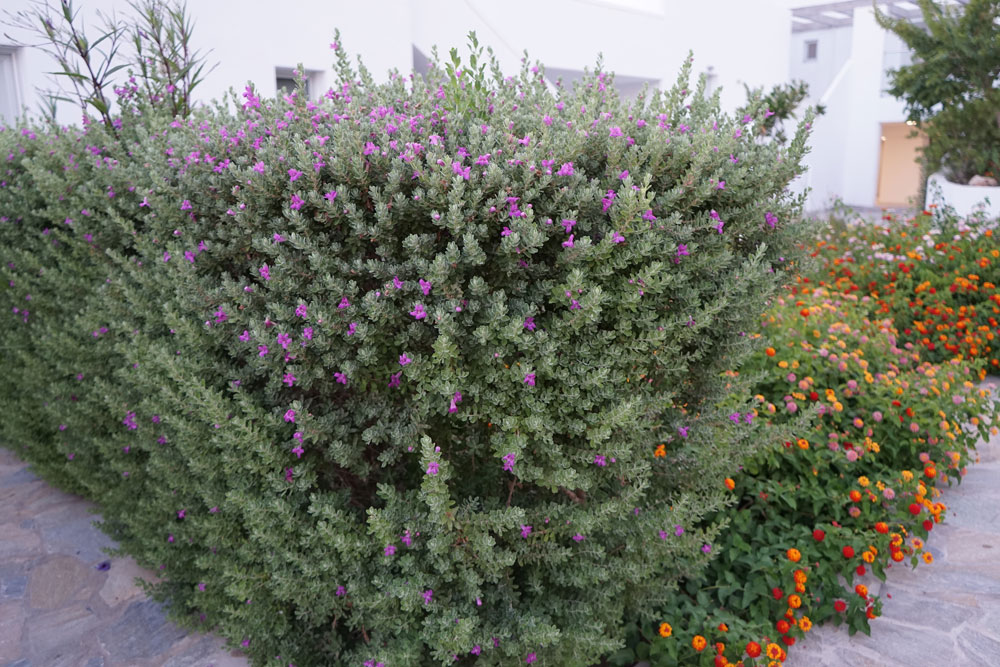Are you looking to transform your Florida garden into a butterfly paradise? Look no further! We’ve compiled a list of the 15 best plants to attract these beautiful creatures to your outdoor space.
From vibrant flowers to essential host plants, these selections will help you create a thriving butterfly habitat right in your backyard.
1. Milkweed (Asclepias spp.)

Milkweed is the superstar of butterfly gardens, especially for Monarchs. This plant comes in various species, offering flowers in orange, pink, or white. It grows 2-5 feet tall and blooms from spring to fall. Monarchs rely on milkweed as a host plant for their caterpillars and a nectar source for adults. Plant it in full sun to partial shade for best results.
2. Dwarf Firebush (Hamelia patens var. glabra)

Brighten up your garden with the Dwarf Firebush’s vibrant orange-red tubular flowers. This compact evergreen shrub grows 3-4 feet tall and wide. It’s a magnet for various butterflies, including White and Banded Peacocks. Give it full sun to partial shade and moderate water. Prune occasionally to maintain its shape and encourage more blooms.
3. Lantana (Lantana camara)

Lantana is a butterfly favorite that’s tough as nails. Its clusters of small, colorful flowers bloom year-round in warm climates. This drought-tolerant plant attracts Swallowtails, Fritillaries, and Skippers. Plant it in full sun and well-draining soil. Keep it in check with regular pruning to prevent it from becoming invasive.
4. Pentas (Pentas lanceolata)

Pentas are known for their star-shaped flowers in red, pink, white, or lavender. These butterfly magnets bloom year-round in frost-free areas and grow 1-3 feet tall. Swallowtails and Monarchs particularly love them. Give them full sun to partial shade and rich, well-draining soil. Water regularly for best results.
5. Passion Flower (Passiflora spp.)

Add a touch of exotic beauty to your garden with Passion Flowers. These climbing vines boast intricate flowers and are crucial for certain butterfly species. Gulf Fritillary and Zebra Longwing butterflies use them as host plants. Provide support for climbing and plant in full sun to partial shade. The unique flowers will be a conversation starter in your garden.
6. Coontie (Zamia pumila)

Coontie is a native Florida plant with a palm-like appearance. This slow-growing cycad reaches 2-3 feet tall and is essential for the rare Atala butterfly. It thrives in shade to partial sun and is drought-tolerant once established. Besides being a host plant for Atala caterpillars, it provides shelter for various butterflies.
7. Blue Porterweed (Stachytarpheta jamaicensis)

Blue Porterweed is a butterfly buffet, offering nectar-rich flowers year-round in warm climates. This low-growing native plant features small blue flowers on tall spikes. Skippers and Sulphurs find it irresistible. Plant it in full sun to partial shade. It’s drought-tolerant and perfect for Florida’s sandy soils.
8. Firespike (Odontonema cuspidatum)

Light up your garden with Firespike’s striking red flowers. This tall plant grows 4-6 feet and blooms in late summer and fall. Butterflies can’t resist its tubular flowers. Give it partial shade to full sun and keep the soil moist. It’s a great addition to the back of your butterfly border.
9. Salvia (Salvia spp.)

Salvias are butterfly magnets that come in many varieties. Their tubular flowers bloom for extended periods and attract Swallowtails, Fritillaries, and Skippers. Plant them in full sun and well-draining soil. Once established, they’re drought-tolerant. With so many colors available, you can find a Salvia to suit any garden design.
10. Jatropha (Jatropha integerrima)

Jatropha is a shrub that provides year-round blooms in frost-free areas. Its clusters of small, bright red flowers grow on an evergreen plant reaching 5-10 feet tall. Swallowtails and Sulphurs love it. Give it full sun to partial shade and moderate water. It’s a great choice for adding structure to your butterfly garden.
11. Sweet Almond Bush (Aloysia virgata)

The Sweet Almond Bush is a fragrant delight for both butterflies and gardeners. This semi-deciduous shrub grows 8-10 feet tall and produces spikes of small, aromatic white flowers. It’s drought-tolerant once established and attracts a variety of butterflies. Plant it in full sun for best flowering.
12. Fakahatchee Grass (Tripsacum dactyloides)

Fakahatchee Grass is a native plant that provides both food and shelter for butterflies. This clumping grass grows 4-6 feet tall with arching leaves. It’s the larval food plant for the Byssus Skipper butterfly. Plant it in full sun to partial shade. It’s adaptable to various soil types and adds texture to your garden.
13. Walter’s Viburnum (Viburnum obovatum)

Walter’s Viburnum is a native shrub that offers a double benefit for butterflies. Its small white flowers provide nectar in spring, while its dense growth offers shelter year-round. This compact shrub grows 4-10 feet tall. It’s adaptable to various conditions and requires moderate water. It’s a great choice for a natural butterfly garden hedge.
14. Dutchman’s Pipevine (Aristolochia spp.)

Dutchman’s Pipevine is a unique plant essential for Pipevine Swallowtail butterflies. This climbing vine features unusual pipe-shaped flowers and heart-shaped leaves.
Plant it in partial shade with rich, moist soil. Provide a support structure for it to climb. It’s a conversation piece that also serves a crucial role in your butterfly habitat.
15. Dill and Parsley

Don’t forget to include herbs in your butterfly garden! Dill and parsley serve double duty, attracting butterflies and spicing up your cooking. These aromatic plants grow 1-3 feet tall and are host plants for Black Swallowtail caterpillars. Plant them in full sun with well-draining soil. Regular watering will keep them lush and attractive to butterflies.
Conclusion
Creating a butterfly garden in Florida is a rewarding experience. By incorporating these 15 plants, you’ll provide food, shelter, and breeding grounds for a variety of butterfly species.
Remember to avoid pesticides and embrace a natural approach to gardening. Soon, your outdoor space will be fluttering with colorful wings!
Whether you have a sprawling backyard or a cozy balcony, there’s always room for a butterfly-friendly plant or two. Start small and watch your garden grow into a vibrant ecosystem.













